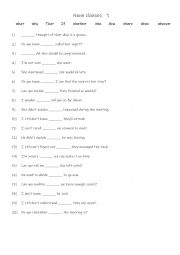
|
Noun clauses 1
Students complete the gap-fill with the correct word. Answers on page 2.
Level: elementary
Age: 7-100
Type:
Downloads: 115
|
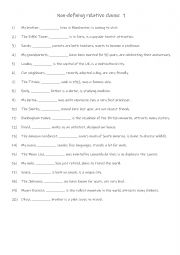
|
Non-defining relative clause 1
Students complete the gap-fill with the correct word. Answers on page 2.
Level: elementary
Age: 9-100
Type:
Downloads: 108
|
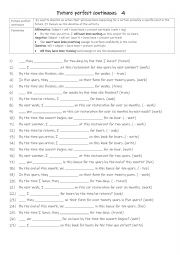
|
B1+-B2 Future perfect continuous 3
Mastering this tense allows students to add precision and depth to their language, making their communication more detailed and professional when describing extended future actions. First, students need to familiarise themselves with the tense and check formation and use. Then they read the sentences to work out which form is needed to complete the...
Level: intermediate
Age: 12-100
Type:
Downloads: 129
|
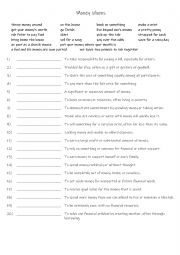
|
B1+-C1 Money idioms
First, students need to familiarise themselves with the 20 idioms and expressions and their meanings. Then they read the definitions to see which one is being described and write that word in the space provided Answers on page 2.
Level: intermediate
Age: 12-100
Type:
Downloads: 111
|
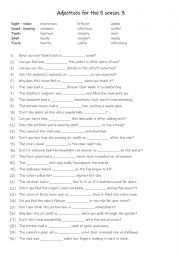
|
A2+-B1 Adjectives for the 5 senses 3
Mastering such language fosters creativity, improves storytelling, and builds confidence in expressing sensory experiences. Ultimately, this enriches their ability to communicate thoughts, emotions, and observations effectively in both academic and real-world settings. First, students need to familiarise themselves with 15 adjectives and check thei...
Level: elementary
Age: 9-100
Type:
Downloads: 105
|
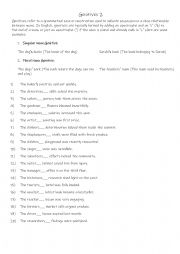
|
A1+-A2 Genitives (2)
This worksheet is suitable for A1+-A2 level students. Genitives refer to a grammatical case or construction used to indicate possession or a close relationship between nouns. Students complete the 20 sentences after reading the rules. Answers on page 2
Level: elementary
Age: 9-100
Type:
Downloads: 105
|
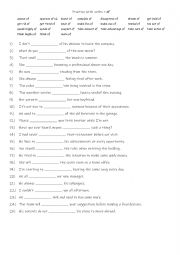
|
B1-B2 Practise with verbs + of
Students familiarise themselves with the 25 verbs + preposition, then they read the sentences to see which one completes the gap-fill. Answers on page 2.
Level: intermediate
Age: 11-100
Type:
Downloads: 105
|
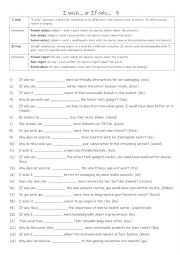
|
B1-B2 I wish�. or If only�. 5
They help students communicate feelings like hope, frustration, or disappointment and strengthen their understanding of unreal or hypothetical grammar forms, making their communication more advanced and expressive. These structures are vital for clear, expressive, and advanced communication in both spoken and written contexts. First, students need ...
Level: intermediate
Age: 12-100
Type:
Downloads: 109
|
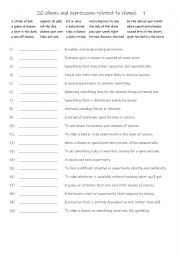
|
B1+-C1 Chance idioms and expressions 1
First, students need to familiarise themselves with the 20 idioms and expressions and their meanings. Then they read the definitions to see which one is being described and write that word in the space provided Answers on page 2.
Level: intermediate
Age: 12-100
Type:
Downloads: 119
|
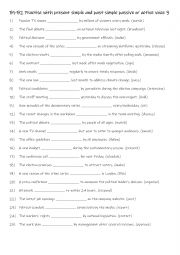
|
B1-B2 Practise with present simple and past simple passive or active voice 3
Understanding both voices help students become more versatile in expressing ideas, improving their ability to describe events and actions in the present and past from different perspectives. First, students need to familiarise themselves with the 2 tenses using both the active & passive voice. Then they read the sentences to see which one is needed...
Level: intermediate
Age: 12-100
Type:
Downloads: 107
|












